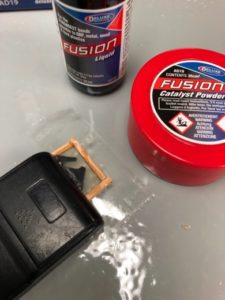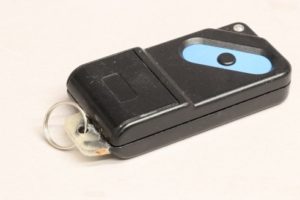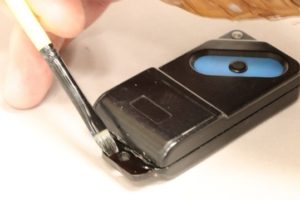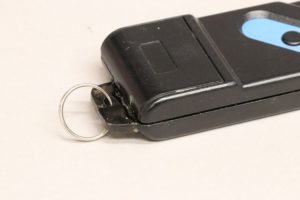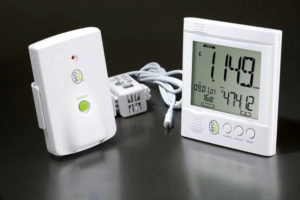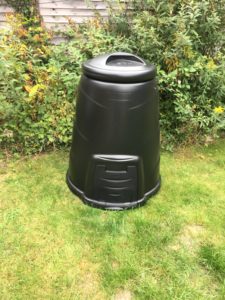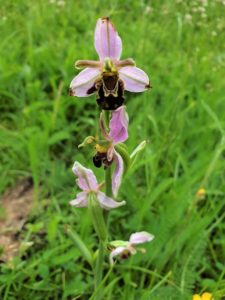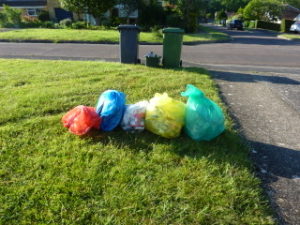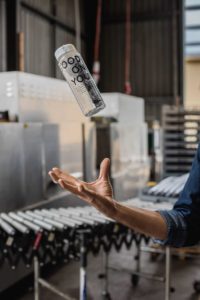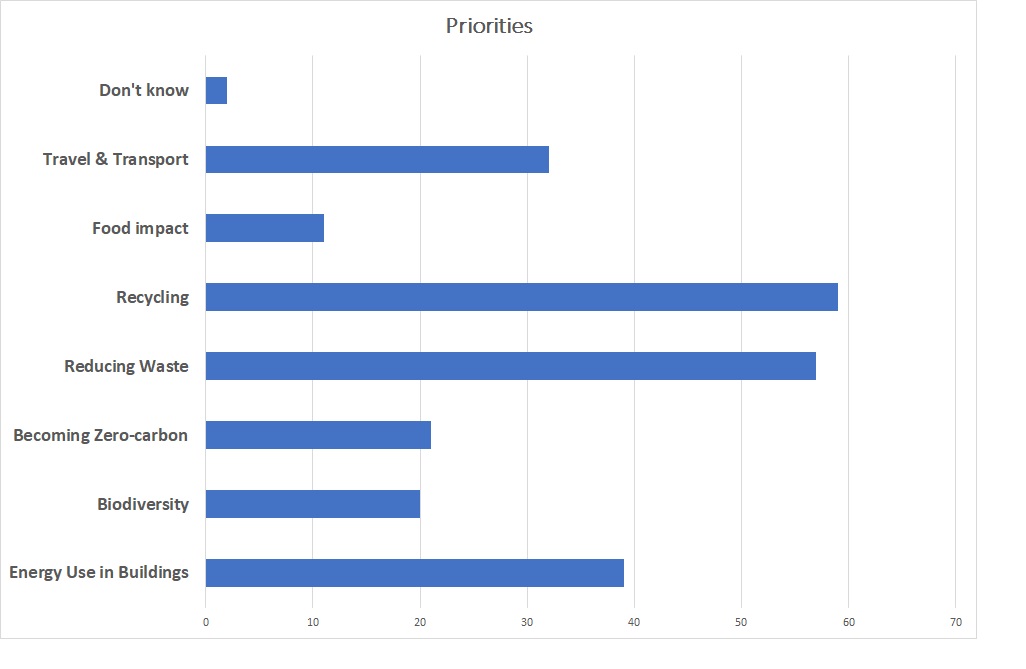The TerraCycle approach is based on individual, “difficult to recycle”, items which they have learned, through research, how best to process. The BEAD approach is based on “material type” rather than “item type”. For those who don’t know, there are 7 different types of plastic in common use around the world, and each is (supposed to be!) stamped with its type. That’s slightly misleading as there are in fact MANY more types of plastic in use in various industries, but the less common ones are classed as “Type 7 – Other” !! BEAD recycling have stated that they can recycle Types 1 – 6 , but not 7.
Most of the “discards” from the Ali-recycling collection fall into types 3 & 4 – “soft plastics”.
There are, of course, other recycling opportunities available to me, but the Council-run “Green Wheelie bin” kerbside collection facility only “wants” what they describe as “bottle-shaped bottles”. (Turns out these are mostly type 2, So they certainly do NOT want my “soft plastics”).
There is also a facility at Tadley Sainsbury which purports to collect “mixed plastics” – mainly “tubs & trays” (mostly type 5). But anyone who has been following my articles in the Parish Magazine this year, will know that this service has been very “patchy” recently.
Where BEAD scores is that they don’t require you to visit a special location, and wade through piles of litter only to find the the skip is full or closed or missing – instead they will come and collect from your house!
By the time my research had got this far, I decided to sign up – as a sort of “pilot” project for Silchester. Signing up is a very simple process that can be done online in a few minutes. There is a one-off £13.50 charge for the “Welcome pack” – a neat, A4 box containing coloured plastic bags, some tags, string, a pencil and a few sheets of information and “instructions”. These bags (and bits) are replaced with an empty one, whenever they collect a full one.
[My replacements were delivered in a cheerful little red bag, left outside my front door – not, interestingly, under the brick I had placed conveniently close to the bags on the front “grassy patch” (I cannot in all honesty refer to is as a “lawn”!)]
When I signed up it was explained on the web site that, as they were rather busy, it would take about 3 weeks for the welcome pack to arrive. (3 weeks later, give or take a day, it did!).
Within 24 hours of sign-up, though, I was assigned a code, which I could look up on the BEAD calendar web page to find out when the next collection day would be. (It was a Wednesday, which also happened to be a 2-bin day for Council collections. I emailed their Customer Service team to point this out and they promised to review this for future collections as they generally try to avoid such clashes). As it turned out, though the council collected in the morning and BEAD came in the afternoon, so it wasn’t a problem.
Collection day was set about a month after sign-up day, giving me plenty of opportunity to gather “stuff” ready to fill the colourful bags, when they turned up. Other members of the SS group were kindly able to provide a few extra carrier bags of material to supplement what I had amassed myself so, on the day, I was able to muster 5 bags for BEAD to collect. 5 bags of plastic saved from landfill. Not bad!
One interesting incident arose as I was trying to group my potential BEAD collection into crates – prior to the arrival of the official bags. I found two things I didn’t quite understand on the BEAD web page that lists all their bags and what to put into which. I contacted customer services and they clarified the instructions AND AMENDED THE WEB page accordingly. That impressed me!
I assigned myself a task in my garage on collection day, hoping to be able to see the BEAD van and maybe chat to the driver. The collection window is specified as “Between 9am and 8pm”. But they came just after 6pm, when hunger had forced me indoors to make my dinner!
As well as types 1 – 6 of plastic, BEAD will collect a lot of the other “standard” recyclables as well – aluminium foil, batteries, paper, toys, books clothing, etc. which, I understand, they pass on to other local charities if they cannot recycle them.
One interesting, but frustrating, line is TETRA-PAKs. Unfortunately that service is suspended at the moment, because the local processing facility they used to pass it to had closed. As it will be popular, judging by conversations I have had, I will advise (through the SS web site and Parish Magazine) when this is available again.
One wrinkle we, in Silchester, need to be aware of, is that BEAD also collect for TerraCycle programmes – same as Ali-recycling does. The DIFFERENCE is that the charities supported by Ali-recycling are all in Silchester Village, whereas those supported by BEAD are (schools, I think), local to their Basingstoke base. Although there is a lot of overlap between the Ali-recycling TerraCycle programmes and the BEAD ones, there are around half a dozen that BEAD can use which Ali cannot.
Overall, I strongly recommend BEAD as an efficient way to recycle many of those hard-to-recycle items.
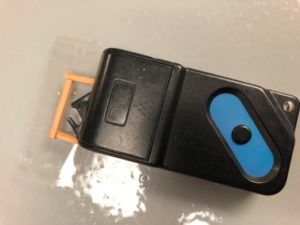
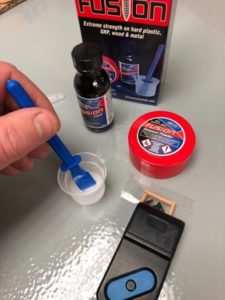 We mixed the Fusion adhesive. It is a powder and liquid and mixed in a 1:1 ratio. Once mixed the mix is allowed to sit for a few minutes. During this time the powder dissolves into the liquid to create a liquid so slowly thickens. An adhesive tape was used to create and seal the base and thus form a dam to hold the Fusion mix in place while it cures.
We mixed the Fusion adhesive. It is a powder and liquid and mixed in a 1:1 ratio. Once mixed the mix is allowed to sit for a few minutes. During this time the powder dissolves into the liquid to create a liquid so slowly thickens. An adhesive tape was used to create and seal the base and thus form a dam to hold the Fusion mix in place while it cures.